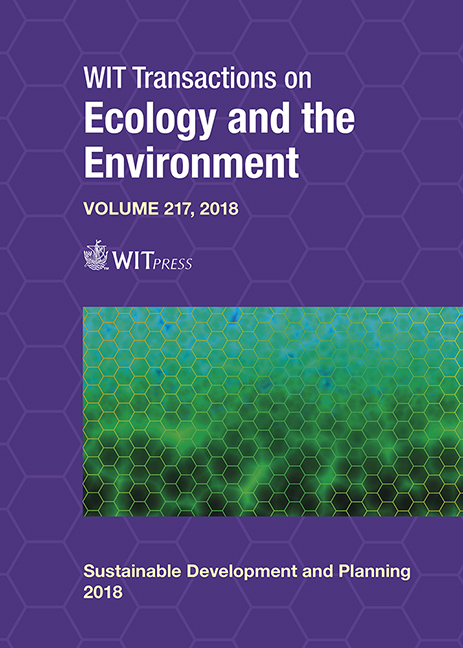CULTURAL HERITAGE AS A DRIVER FOR URBAN REGENERATION: COMPARING TWO PROCESSES
Price
Free (open access)
Transaction
Volume
217
Pages
12
Page Range
587 - 598
Published
2018
Size
695 kb
Paper DOI
10.2495/SDP180501
Copyright
WIT Press
Author(s)
ANDREA BOERI, GIULIA BORTOLI, DANILA LONGO
Abstract
This paper focuses on the international research-action activities conducted by a team from the University of Bologna, Italy, and on a methodological approach applied to the city, understood as heritage and common good. The premise establishes Cultural Heritage as the main field of research-action, which is not intended as a static presence in the city, but, at best, should be constantly updated with the actions of transformation of the city. The cultural model is based on a continuous effort to recognize the city and its transformations as heritage, combining conservation and innovation in a seamless stream and permanently involving not only heritage specialists but also all actors that are involved in urban transformation, with varying degrees of responsibility and awareness. Two cities are considered as references and compared with each other to study and test this approach: Bogotá and Bologna, with, respectively, two important historical areas, Carrera Séptima and Zamboni district. The focus is on the role that the cultural heritage, material and immaterial plays in the current urban landscape and on its potential to be a driver for regeneration in the degraded urban fabric. Both areas have been crucial to urban development and to the expression of social needs by the population, becoming a symbol of collective identity, for better or worse. Since the first half of the 20th century, Bogotá has experienced an exponential urban growth process, triggering wearing dynamics that have compromised the urban architectural heritage preservation of the city and led to progressive historical city center deterioration. Bologna district, on the other hand, hosts the oldest university in the western part of the world, and having such a strong function in a compact city center reality has caused coexistence and social problems, as well as integration needs, among the different users. The two historical realities are studied using a comparative methodology, one as a typical European city and the other as a Latin American megalopolis. In this light, the term “street” is not limited to the description of the physical space, but is associated with the whole system of connections and influences that they exert on their own area.
Keywords
cultural heritage, common good, collective identity, historical city center, regeneration process, urban growth





